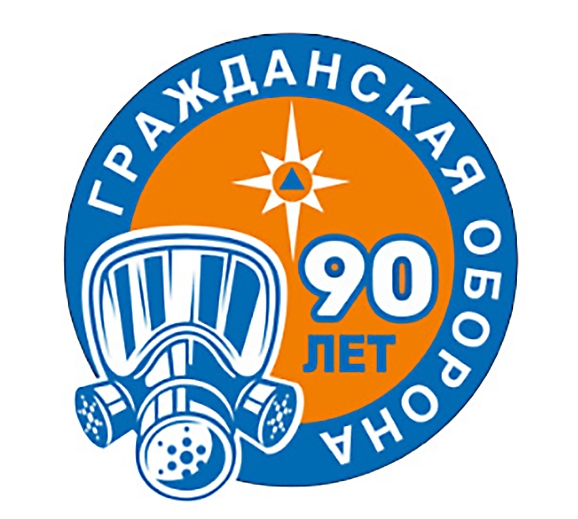Day of the accident at the Chernobyl nuclear power plant and the International Day of Remembrance for the Victims of Radiation Accidents and Disasters

35 years ago at 01:05 on April 26, 1986, as a result of a risky and ill-considered experiment, an explosion occurred before the planned shutdown, which completely destroyed the reactor of the 4th power unit of the Chernobyl nuclear power plant.
Not fully understanding what had happened, 28 firemen under the leadership of Major Leonid Telyatnikov and 12 militiamen and workers of the Chernobyl nuclear power plant were the first to enter the battle with the atom that had gone out of submission, and began to liquidate the fire. These people removed the graphite, prevented the spread of the fire in the turbine room, and prevented the flames from spreading across the roof to the neighboring 3rd power unit. Most of them, unfortunately, died after receiving a radiation dose of several thousand roentgens, which is incompatible with life.
As a result of a thermal explosion, the reactor was completely destroyed, and a cloud of a radioactive mixture of gas, steam, and dust escaped into the earth's atmosphere. The release of radioactive materials from the burning reactor continued for several months. The wind carried them over a large part of the European part of the USSR, primarily over the territories of present-day Belarus, the Russian Federation and Ukraine - more than 200 thousand km². Then the greatest danger was represented by radioactive iodine, which has a relatively short half-life (eight days) and accumulates in the thyroid gland. Currently, strontium and cesium isotopes with a half-life of about 30 years remain an echo of the accident.
The entire population - more than 115 thousand people - was evacuated from the created 30-kilometer exclusion zone around the nuclear power plant and the city of nuclear scientists of Pripyat. People were forbidden to take things, and in order not to fan the panic, it was reported that they would return home in three days, which, of course, did not happen.
During the first three months after the explosion, 31 people died, and another 19 deaths from 1987 to 2004 can most likely be attributed to its direct consequences. It is also known that 134 people suffered from acute radiation sickness.
At present, the state corporation "Rosatom" has done a great deal of work to prevent this, part of which, to ensure the prevention and prevention of such accidents, was the development of technologies and equipping NPPs with structured monitoring and control systems for engineering systems of buildings and structures (SMIS).
